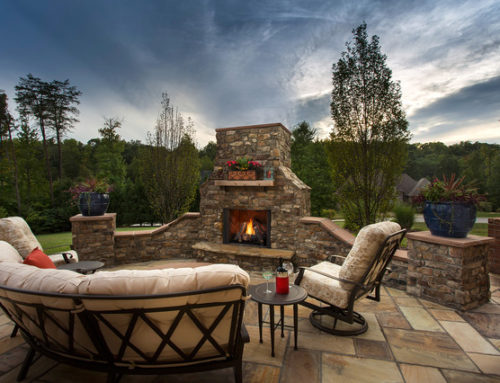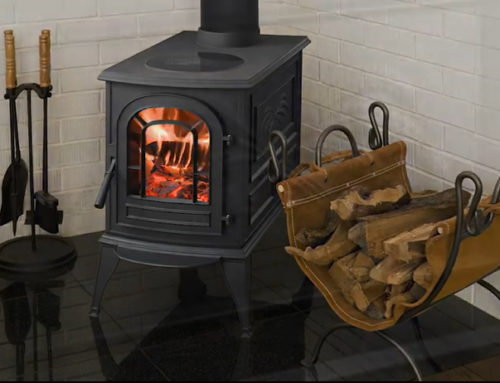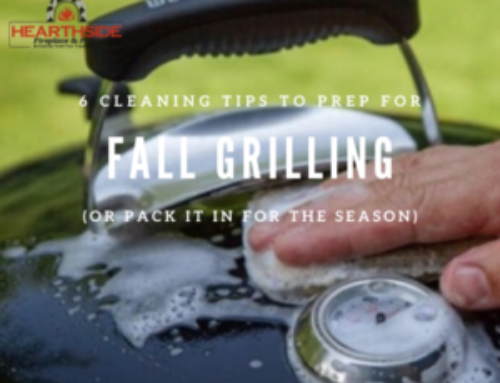Not everyone is a certified Boy Scout, and lighting a fire can be a lot harder than it looks. Even if you haven’t had wilderness training, figuring out how to light your wood-burning fire pit is a skill that is well within your reach. If 10-year-old boys can do it without killing themselves, then you can too! Here are some tips on how to get your fire started.
Right Materials
First, you need to make sure you have all the right materials. Here is a list of things you will need:
- Dry wood: It will not ignite if it isn’t dry.
- Matches, lighter, or flint and steel
- Kindling: Dry, light, ignitable material like newspaper or small, dry twigs
- Lighter fluid (optional)
It is essential that you have the first 3 materials on the list. You need to have long-lasting fuel, a way to ignite the fire, and some quick-burning ignitable material that can light the long-lasting fuel. Many people feel that using lighter fluid is cheating, but it can be helpful if your wood is a bit damp.
The Structure
This is the area where Boy Scout training can come in handy. There are some structures that people build that make their fires more successful. If you just remember that a structure of a fire is like the housing for cowboys and Indians, then you will be able to make a good fire start. Always make the core of your fire kindling and then build either a teepee shape or a log cabin structure around the kindling. Then you can throw the match into the kindling. The fire will be protected from the wind, making it easy to ignite the rest of the structure.
Combatants
It is important that you know your enemy when you are fighting to start your fire. The enemies of a fire are wind and dampness. If your wood is damp, it may not be able to catch fire at all, but with some lighter fluid and luck, you might still get a spark. If you have a fire already started and you’re running out of dry wood, place damp wood near the fire so that it will begin to dry before you throw it in the fire. You can also protect your fire from wind by blocking it with your body or creating a barricade.
Now that you’ve learned some of the basics, you can start building your own fire. Whether you’re on a camping trip and need to keep warm or you’re roasting marshmallows over the wood fire pit in your RI backyard, you’ll be able to enjoy that roaring fire in no time.




